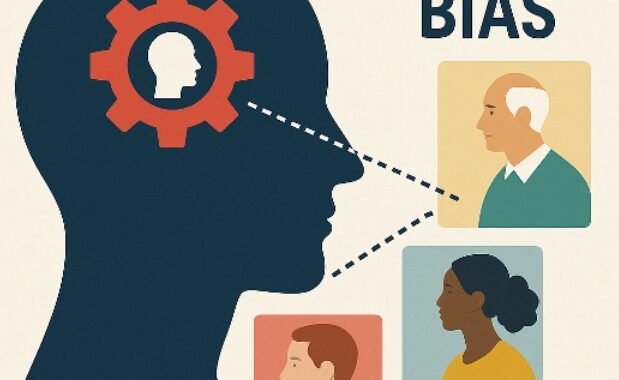
The hidden link between autism and epilepsy
It was only halfway through the twentieth century that autism was given a clear name and definition. Yet doctors at that time already noticed that some autistic children also had epileptic seizures. Today we know that this connection is no coincidence: autism and epilepsy have more in common than once thought.








